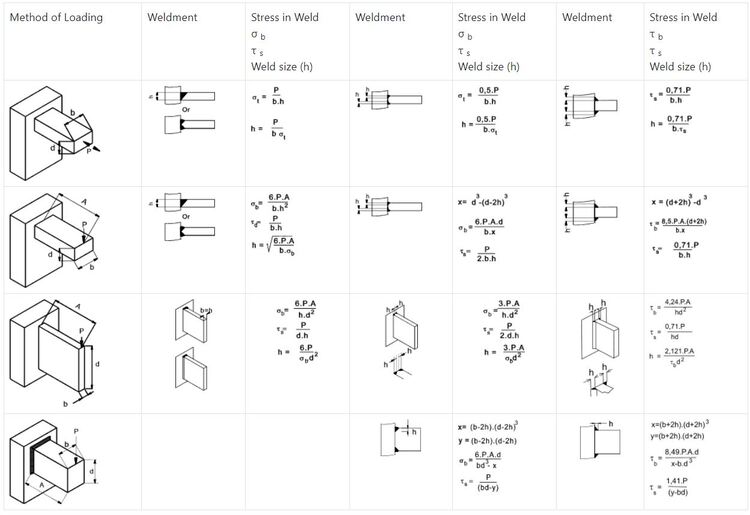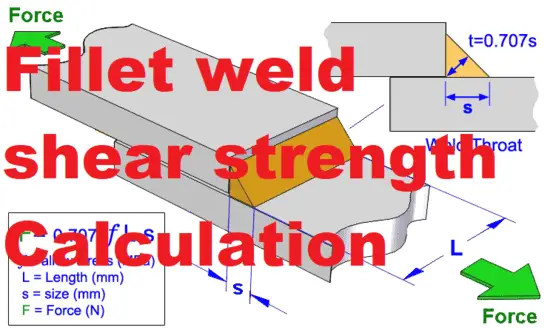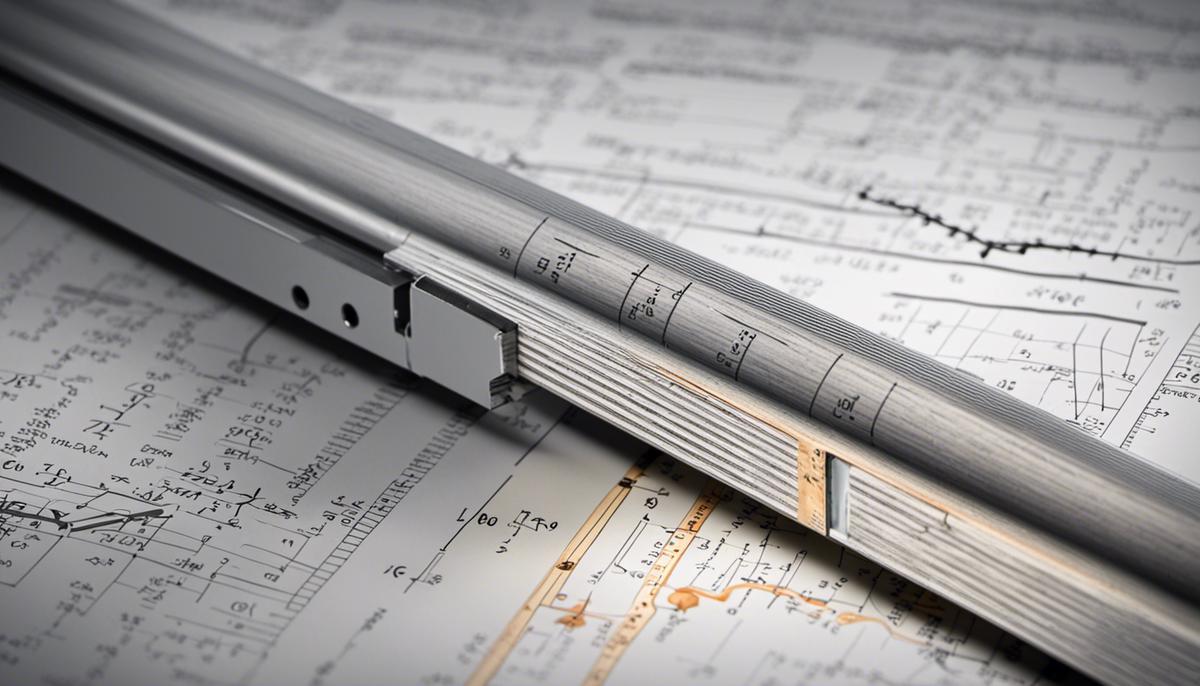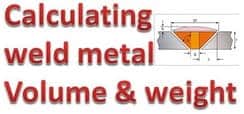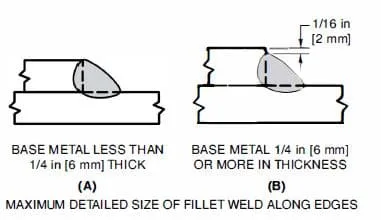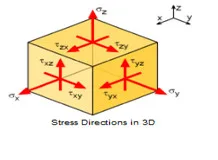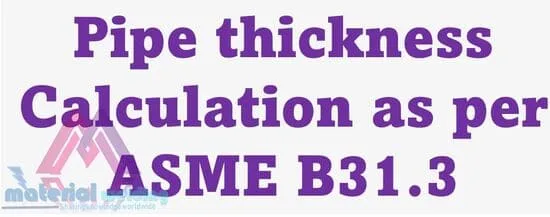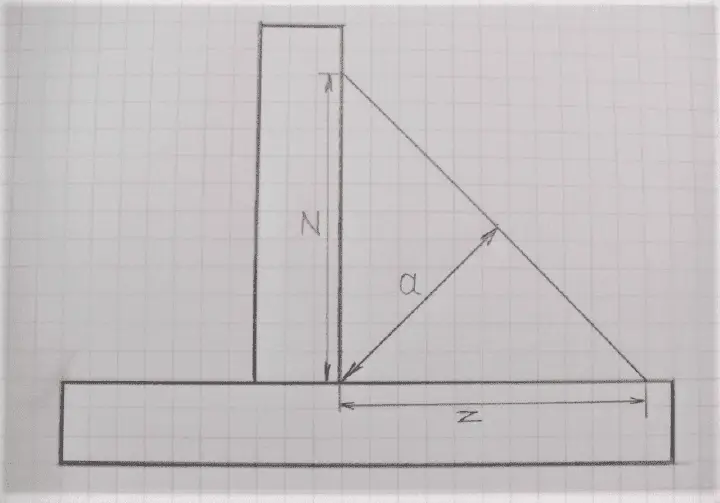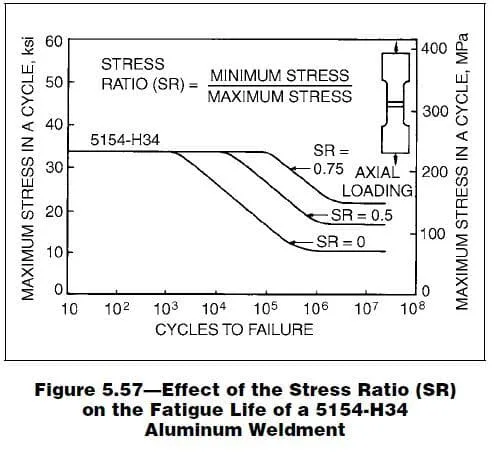Weld Size Calculation
When it comes to welding, ensuring the right weld size is crucial for the strength and integrity of the joint. Weld size calculation plays a vital role in determining the appropriate dimensions and specifications for a weld.
While the idea of calculating weld size may seem daunting to some, it can actually be an easy, simple, and accurate process when you have the right knowledge and tools at your disposal.
In this blog post, we will guide you through the basics of weld size calculation, breaking down the steps into simple and easy-to-understand concepts. By following these guidelines, you’ll be able to accurately determine the optimal weld size for your welding projects, ensuring structural stability and meeting industry standards.
Understanding the Importance of Weld Size
Weld size refers to the dimensions of the weld cross-section, including its length, and depth. It is essential to calculate the correct weld size to ensure that the joint can withstand the intended load and provide the required strength.
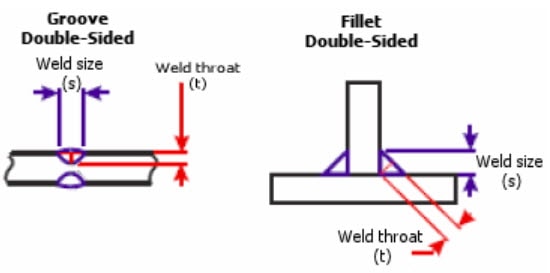
An undersized weld may result in a low-strength weld joint, while an oversized weld can lead to unnecessary material waste and increased costs.
Fillet Weld Size Calculation
Welding codes such as AWS D1.1 states the minimum size of fillet weld. To calculate the fillet weld size (S), you can use the following formula:
S = (0.707 * T) / sin(A/2)
In this formula:
- S represents the weld throat thickness, which is the desired fillet weld size.
- T refers to the thickness of the material being welded.
- A represents the included angle of the fillet joint, which is typically 90 degrees for most fillet welds.
By plugging in the values of T and A into the formula, you can calculate the appropriate fillet weld size (S) for your specific welding project. This formula is derived from trigonometry and takes into account the relationship between the throat thickness, material thickness, and the included angle of the fillet joint.
Additionally, if you want to convert the throat size (S) to the leg length (Z), which is the distance from the root of the weld to the toe of the weld along the joint, you can use the Below formula:
Fillet weld Leg length to throat size conversion Formula: Z ≈ 1.4S
Groove Weld Size Calculation
Groove welds are another common type of weld used in various joint configurations. Unlike fillet welds, which are typically used for lap or tee joints, groove welds are used in butt joints where two pieces of metal are joined edge-to-edge.
Calculating the appropriate groove weld size is essential for ensuring the strength and integrity of the joint.
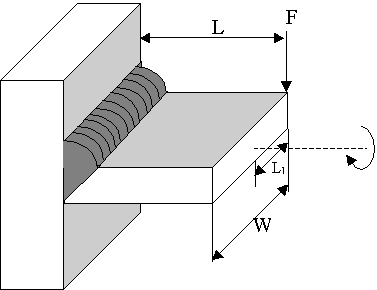
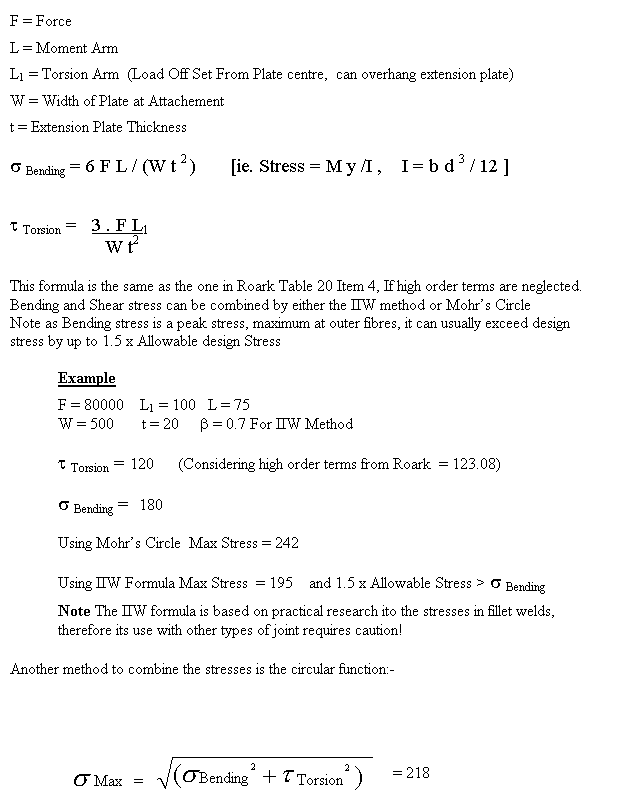
When a weld is subjected to both direct and bending stresses, it is important to design the weld joint to withstand the combined effects of these stresses. This is especially relevant in applications where the welded structure or component will experience both types of loading simultaneously or at different points during its service life.
Direct stresses, also known as axial or tensile/compressive stresses, act directly along the axis of the weld. They result from external forces or loads applied parallel to the weld line. These forces can be static or dynamic and can cause elongation or contraction of the weld joint.
Bending stresses, on the other hand, occur when there is a moment or force applied perpendicular to the axis of the weld. This force causes the welded structure to bend or deform, resulting in tensile and compressive stresses along the weld joint, with the maximum stress typically occurring at the point farthest from the neutral axis.
